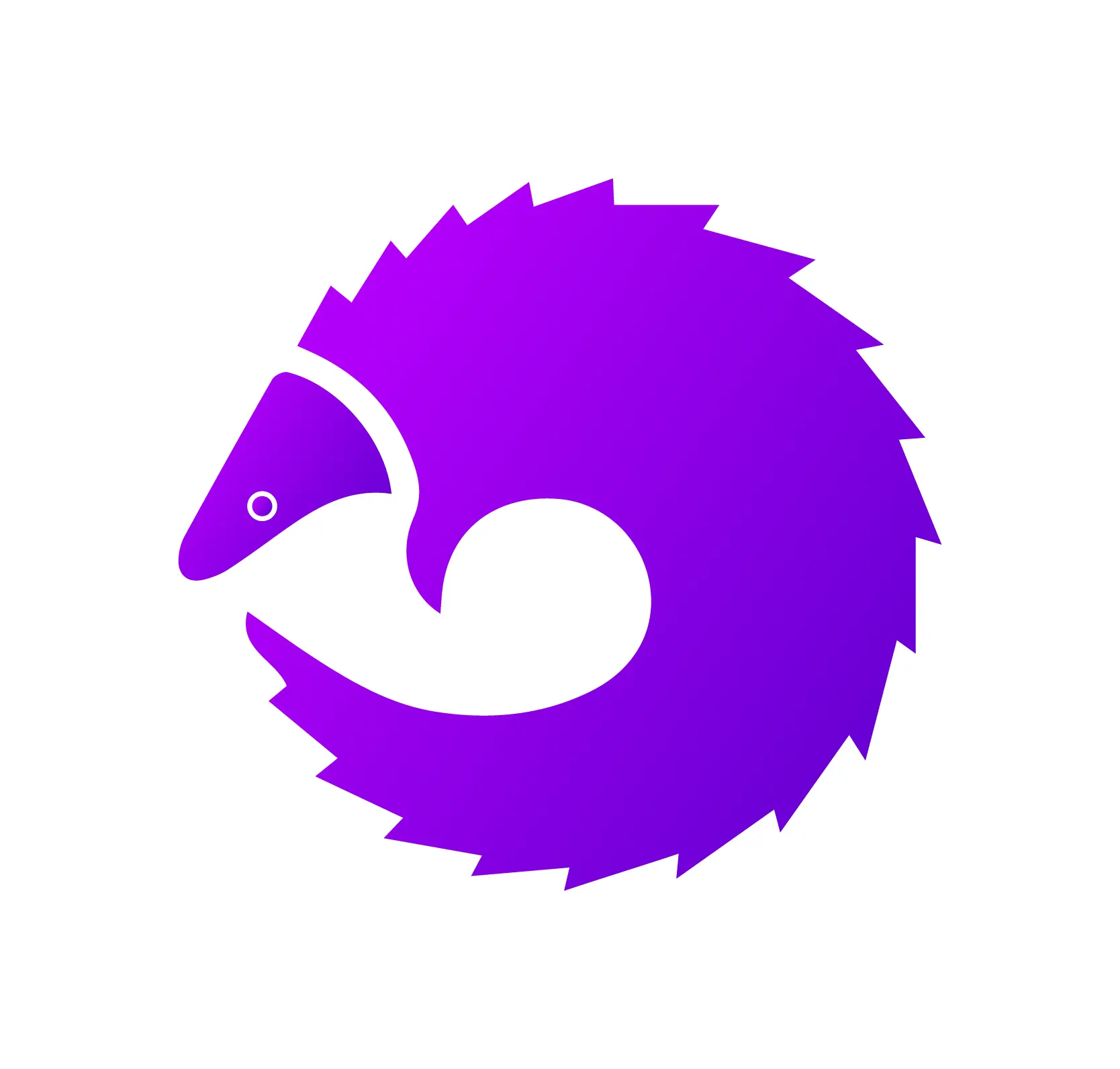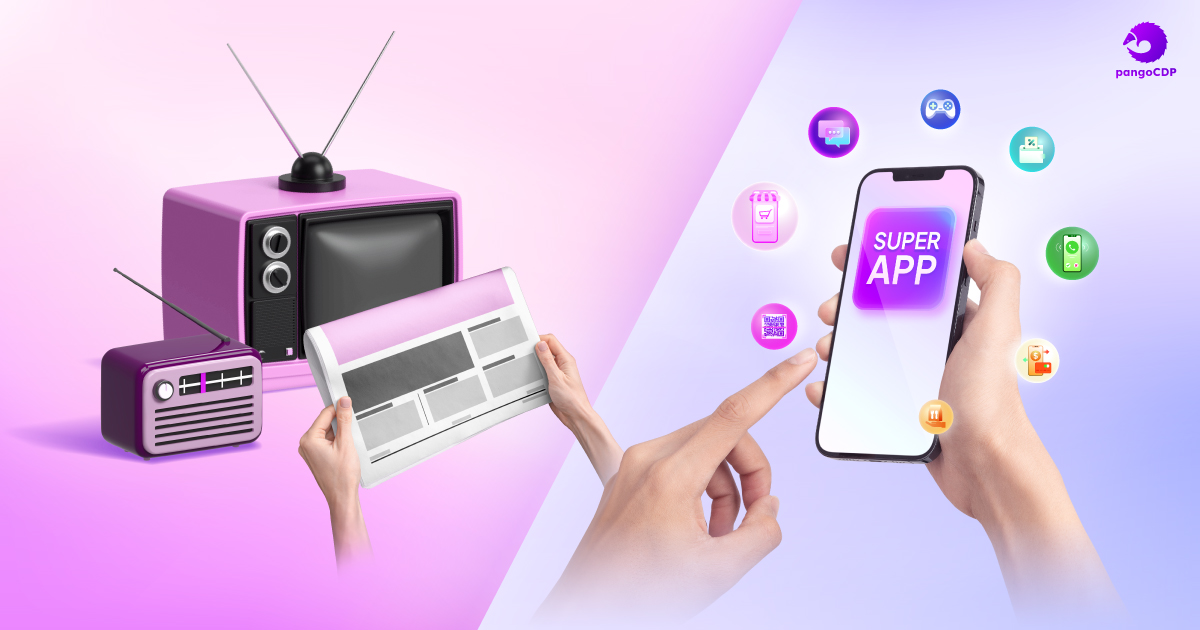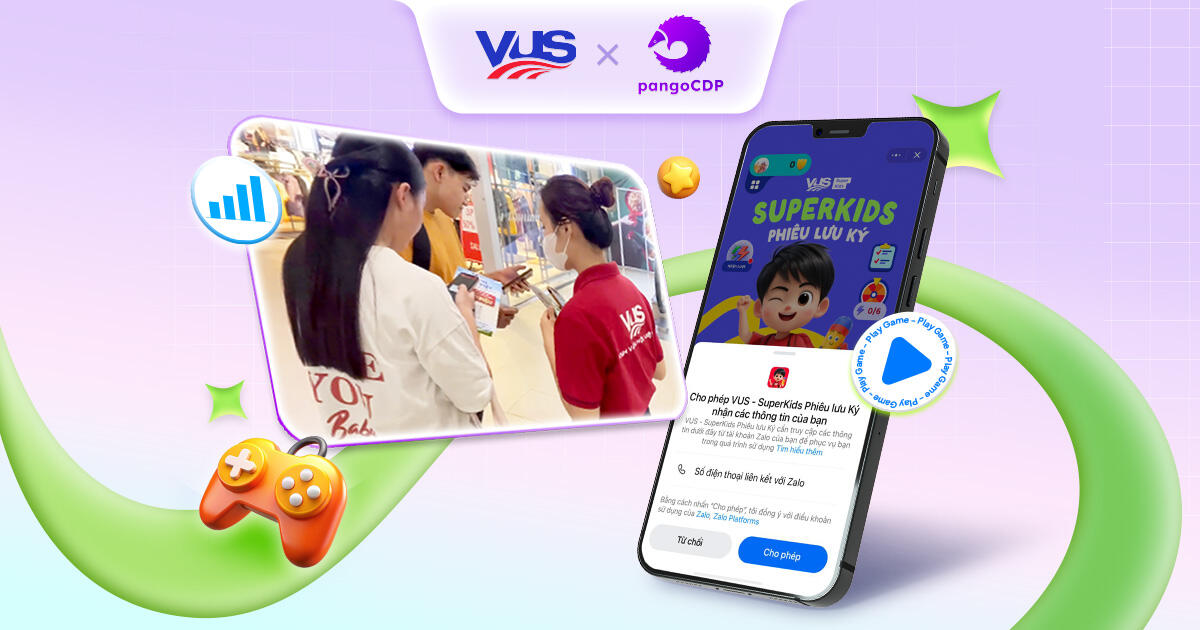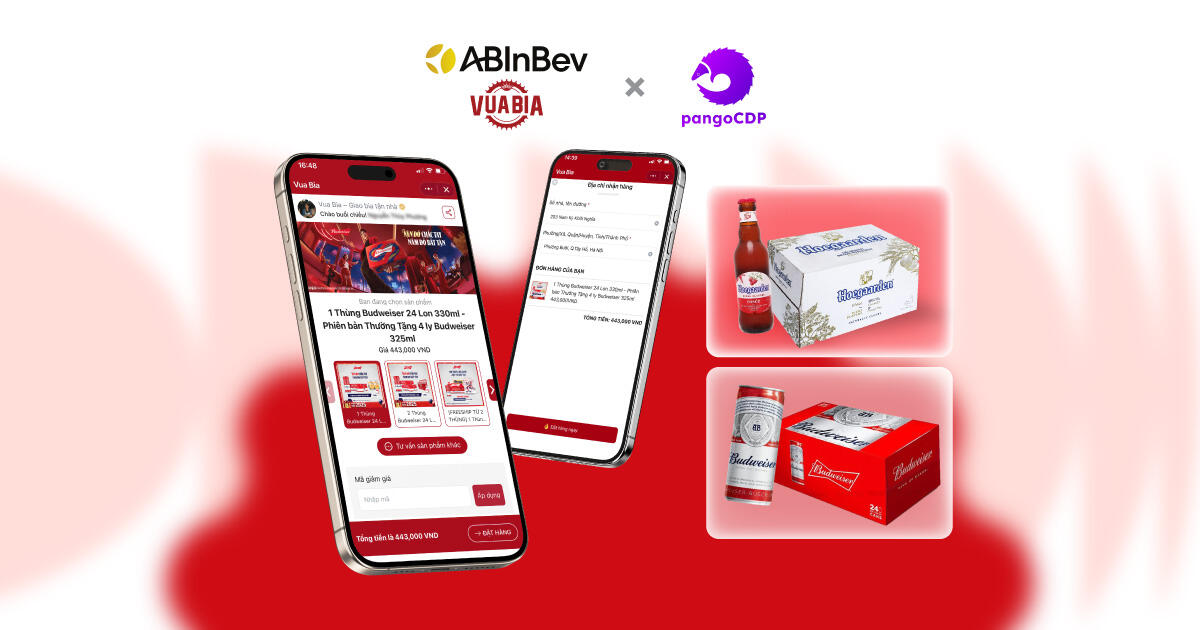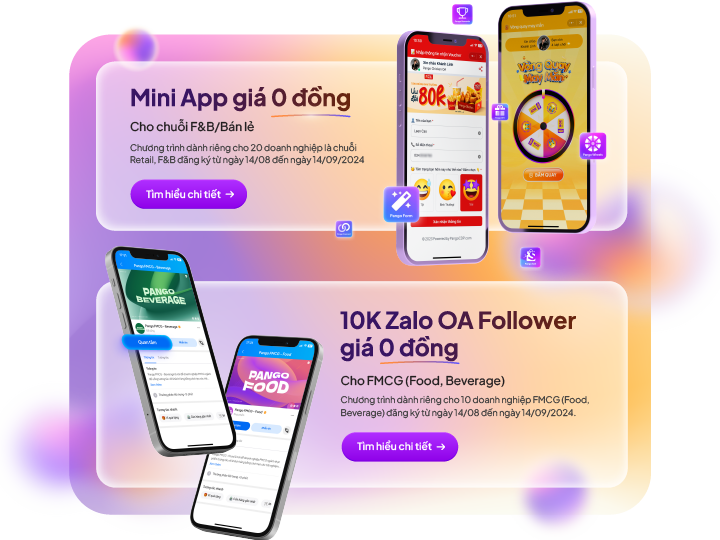Omni-Channel: Customer experiences across multiple channels
As defined by business consulting firm Frost & Sullivan, Omni-Channel encompasses “a high-quality, seamless and consistent customer experience that takes place within and across all contact channels” (Butte, 2005). Stemming from the Latin word “omnis” meaning “all,” Omni-Channel emphasizes the integration of various touchpoints to create a holistic customer experience. In Frost & Sullivan’s definition, Omni-Channel refers to the interaction and integration of multiple contact (or communication) channels between consumers and businesses.
The 2000s witnessed the proliferation of mobile devices, ushering in an era of unprecedented connectivity. This transformative decade saw businesses and consumers embracing a multitude of channels to connect and engage. This era can be called the decade of Omni-Channel.
In the 2010s, mobile phones became indispensable in the daily lives of the majority of people around the world. Users employed their phones for communication, taking photos, paying bills and checking emails, among other activities. Applications emerged in every field from shopping to entertainment, leading people to spend increasingly more time on their phones.
Messaging applications also saw significant user growth: the top three apps were WhatsApp, Facebook Messenger, and WeChat was later added to the list. These mobile platforms each had over 1 billion users.
The continuous emergence and reshuffling of platforms pushed businesses to establish a presence on multiple platforms to ensure they weren’t left behind. Therefore, during this period, Omni-Channel became an essential strategy, particularly in the retail and service industries.
Super App and Main Interaction Channel − The Master Channel
The growth history and future of Super Apps, 2017-2027. Image: Gartner, Dentsu
Image: Pango Team
When users prioritize convenience and consistency in their experience
Initially, Super Apps like WeChat or Grab started out similar to other social applications, serving a common need such as chatting or booking rides.
In their development process, akin to Darwin’s theory of evolution, “genetic mutations” emerged, giving these apps a strong competitive edge, proving their viability, and setting a trend for users by centralizing all functions into one application.
Instead of using multiple standalone apps, users can access various utility services through a single centralized platform — the Super App. This “all-in-one” convergence not only simplifies the user experience but also reduces clutter on devices and optimizes memory usage.
If the story were just about the aggregation of features by businesses providing a Super App to their users, Super Apps might not reach their highest level of flexibility. For example, Grab — a market-dominating app in Vietnam that initially focused on ride-hailing and later expanded to food delivery, payment gateways, and financial services. Despite its wide range of functions, Grab’s ecosystem revolves solely around the relationship between Grab and its customers. A business like CellphoneS cannot interact with their customers through Grab.
However, with Super Apps at the level of WeChat, this interaction becomes entirely feasible. Indeed, WeChat has “opened” its platform, allowing all businesses to build their own interaction channels directly on WeChat. In Vietnam, Zalo and MoMo are also moving towards this level.
Trends in building customer interaction channels via Super Apps. Image: Pango Team
Not only can businesses build interaction channels through Official Accounts (OA) or Mini Apps, but they can also tap into the massive user base of Super Apps. In Vietnam, this includes nearly the entire population on Zalo and 35 million Gen Z users on MoMo.
Super Apps typically have specific policies and clear regulations regarding user communication, protecting their personal information, and avoiding spam messages. These guidelines help businesses understand how to approach customers responsibly and respectfully, creating a positive experience.
…and personalization is emphasized.
No customer wants to be “interacted” with too much by a business. However, from another perspective, businesses are very eager to “interact” to capture the attention of their customers. The balance point is probably personalized interaction.
From major entertainment platform providers like Spotify and Netflix to e-commerce platforms like Amazon, and from technology companies like Google to healthcare service providers, all are aiming for personalization. Using the user’s name/gender in outgoing messages has become the minimum standard. Furthermore, businesses are aiming to display content or suggest products/services that match the personal preferences and behaviors of consumers.
A recent study by McKinsey indicated that, since 2021, 71% of consumers expect companies to provide personalized interactions. In fact, many people have felt less enthusiastic when experiencing “genetic” interactions and “one-size-fits-all” messages.
Another study by BCG also revealed that when companies invest in and effectively implement personalization strategies, sales growth ranges from 6-10%.
The need for personalized access and interaction from businesses and customers can be fully realized with The Master Channel.
Platforms and interaction trends over four decades. Image: Pango Team
The concept of “The Master Channel” emerged in the early 2020s, combining the power of Customer Data Platforms (CDPs) and Super Apps to revolutionize customer interactions. It’s not difficult to see the picture of this trend from the past to the present and into the future.
The next part of this chapter will help readers understand more about the Customer Data Platform (CDP), also known as the customer data platform. The primary role of a CDP is to aggregate all digitized data from customer interactions.
The content belongs to Main Interaction Channel-The Master Channel’s, Volume 2.
If you are a business owner, marketer, digital transformation department, or post-sales service, this book series will provide different perspectives and high applicability for industries such as FMCG (fast-moving consumer goods), retail chains, F&B, services, manufacturing, and distribution.
The book series is now available at Fahasa, Phuong Nam, Hai An, Ca Chep, Minh Khai bookstores, 24h book stalls, and e-commerce platforms Tiki, Shopee, Tiktok Shop, or you can quickly order the book here!
